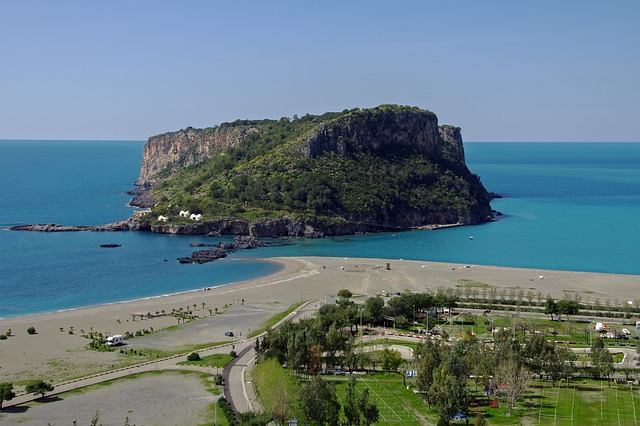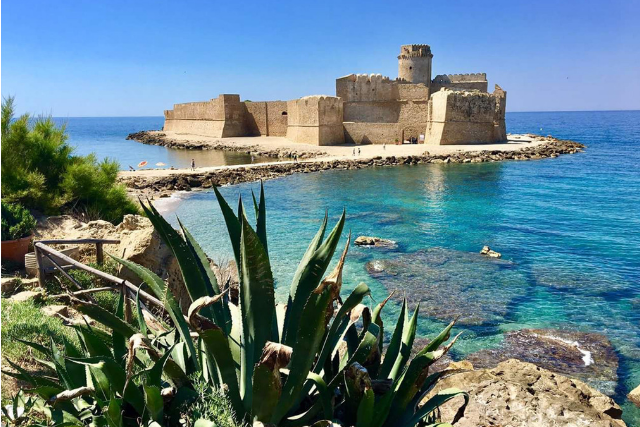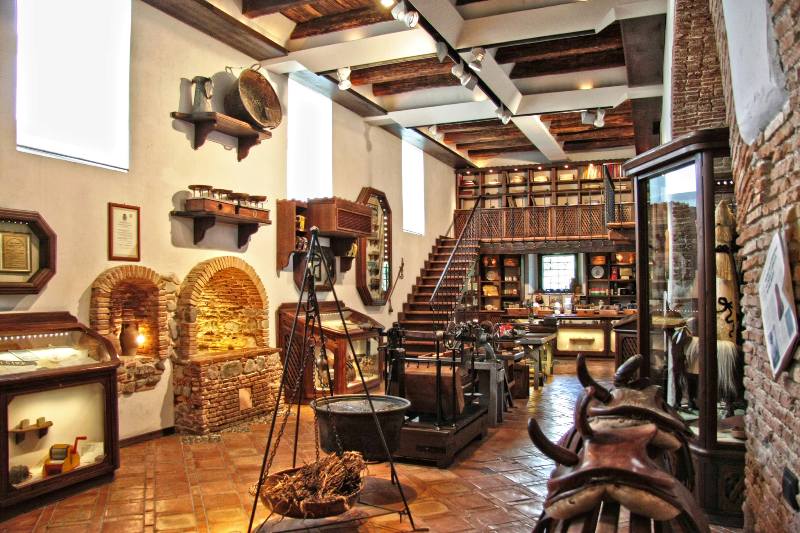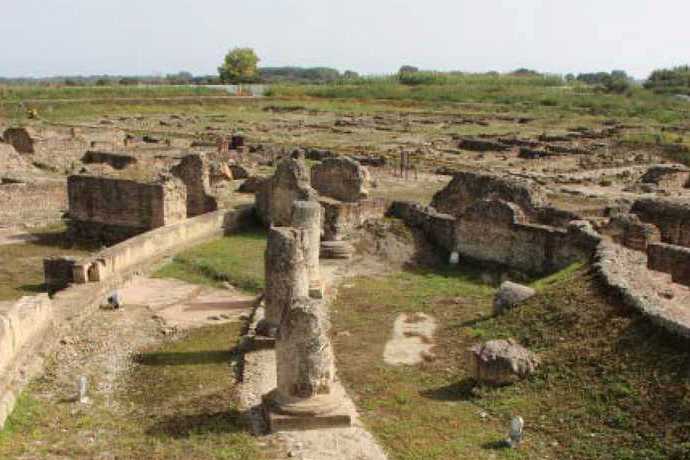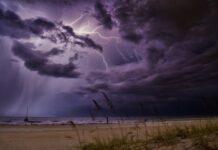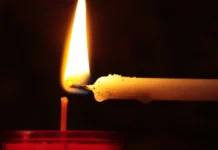Have you ever thought of visiting Calabria by motorbike? Calabria is becoming a destination for those who want to make a different kind of tourism. I have made an itinerary for those who love to travel on two wheels, thus avoiding traffic, but that lets us see the beauty of a region still (and fortunately) wild because it is not part of mass tourism.
While unfortunately the roads and means of transport in Calabria are one of the reasons why tourism does not take off, I propose a mini guide for a holiday on the road starting from the coast Cosentino Tyrrhenian, bordering Basilicata, to reach the northernmost part of Calabria, bordering Puglia.
First day in Calabria: the Riviera dei Cedri
Our holiday in Calabria starts with the extraordinary Riviera dei Cedri. It is an area between the Tyrrhenian Sea and the imposing mountains of the Pollino National Park, known as the largest park in Italy.
In the closest part to the coast, the soil and microclimate allow the cultivation of totally Calabrian citrus: cedar. A particular fruit celebrated during the Sukkoth Festival brought rabbis from all over the world.
Punta Fiuzzi Beach – Praia a Mare
Praia a Mare is a town in the administration of Cosenza with beautiful beaches and fascinating views. Facing one of the most famous strips of land stands Dino Island. It is a small rock formation with several natural attractions: the cave of the monk, the blue grotto, and the cave of the waterfalls. The island of Dino can be easily reached by boat, and you can also think about its history, when – during the period of Magna Graecia – it was one of the main points for spotting enemy ships, and it was a place of bloody battles, too. On the island, there are still artifacts that recall a (failed) project of the Agnelli family that would have liked a luxury resort on the rocks.
Arcomagno Beach – San Nicola Arcella
Nature enjoyed making this corner of paradise. A large arch stands in front of a small lagoon. To reach the place, we have to make a path, but once you get to the beach of the Arcomagno you will be amazed by the beauty of the place where you can admire exciting sunsets. It was a place sought by the Saracens who could dock the ships safely. In fact, the cave is called Grotta dei Saraceni.

Cirella Island – il “Diamante” in Calabria
Continuing towards the south of Calabria Cosentino, you get to Diamante: one of the pearls of the Tyrrhenian Sea. Gabriele D’Annunzio was also fascinated by it: it is impossible to resist standing on the white beaches and the island of Cirella. But Diamante also has other attractions like the murals and the Promontory of Cirella. There are the Teatro dei Ruderi, the Roman Mausoleum, and the Convent of the Minini. Diamante is also the home of another Calabrian symbol par excellence: it has the headquarters of the Academy of hot pepper.
Day Two: the Costa degli Dei – Pizzo Calabro
A few kilometers from Lamezia Terme begins one of the most famous coasts of Calabria. We are in the zone of Tropea in the province of Vibo Valentia.
Some beautiful landscapes made of coves, charming villages, breathtaking sunsets with views of the Aeolian Islands, and even food and wine have made this area one of the most popular tourist destinations for foreigners.
The Aeolian Islands are only 32 nautical miles away, and you can visit them.
- Pizzo Calabro: from the Tartufo to the Castle of Murat
The village of Pizzo Calabro stands on a tuff spur. Its history is told by Cicero and even by Ulysses. Near the main Piazza, you can admire the Castle where Joachim Murat was killed in 1815: among mysteries and secrets, you can visit the castle.
Not far away, you can admire an artistic structure created by Edoardo Tresoldi called “The Collector of the Winds”. It is a metal art installation representing a man sitting in front of the sea, which reaches its beauty during sunset.

Once in Pizzo, you should taste the famous Pizzo truffle: an artisan ice cream that will surprise you. Enjoying it in front of the sunset is priceless.
Piedigrotta Beach is one of the many beaches surrounding the village of Pizzo. A visit to the little Church of Piedigrotta carved into the rock and enriched with statues and paintings, is a must-do-it.
Other beautiful beaches where you can relax and sunbathe are the beach of Colamaio, with its eucalyptus trees, and the beautiful beach paradise of divers in Marina di Zambrone, whose name means the wonders hidden in its clear waters.
Day Three: the Costa degli Dei – Tropea
Talking about Calabria, It is impossible to visit this region without seeing Tropea. With its terrace overlooking the sea and its alleys, the Church of Santa Maria – the symbol of the City of Tropea – with its rich gastronomic offer, you will be fascinated by a place created by the hand of God.
Founded by the hero Hercules, he has held key roles in history thanks to his position. It has buildings, amazing noble palaces, like Palazzo Toraldo, and impressive monuments like the Seat of the Nobles with the ancient clock.
You need to climb up to reach the little Church of Santa Maria, surrounded by a Mediterranean garden crowned by a panoramic terrace overlooking the Aeolian Islands.
Among the most beautiful beaches of Tropea and its surroundings in Calabria
- Michelino Beach in Parghelia is reachable by a staircase leading to a cove getting the beach, and the turquoise sea, protected by walls of rocks with dense vegetation.
- Linguata beach in Tropea. Beyond the islet of Santa Maria, there is the stunning beach Marina dell’Isola at the foot of the rock. The sea is an emerald green sea, and its backdrops are colorful.
- Spiaggia della Baia di Riaci in Santa Domenica di Ricadi is a long strip of white sand known as cliff dive, full of caves and coves. In its deep blue, you can admire the wreck of a merchant ship sunk in 1917.
- Capovaticano Beach. Impossible not to visit Capovaticano and its beautiful views. The famous Belvedere will offer a breathtaking view for souvenir photos, but there are also wonderful hidden bays, reachable purely by sea. The Beach of Praia ‘I Focu and the picturesque Beach of Grotticelle are quite challenging to reach, but once arrived, it was worth it.
For dinner, delight your palate with a tasting of onions, pecorino cheese of Monteporo, and ‘nduja among the various and many restaurants in the historic center.
Day Four: the Costa Viola – Chianalea
Its name derives only from the wonder of Plato in seeing the colors of the Mediterranean maquis reflected, during the sunset, in the sea. We will not regret Tropea because this coast, in the province of Reggio Calabria, is of extraordinary beauty and peculiar.
The obligatory stop is Chianalea di Scilla. It is a fishing village of Scilla, of houses built inside the sea, where you can look out from the balconies and cross alleys finished inside the sea. A great place to enjoy excellent fish while admiring the coast of Sicily. Some restaurants are by the sea where you can even see fish swimming. A very romantic place where you can admire the sunset and see the purple colors under a mantle of stars.
We have to mention that in this zone, the bergamots grow.
Day Five: The Magna Grecia in Calabria
Crossing the Aspromonte, passing through evocative mountain places such as Serra San Bruno and its Certosa, you arrive on the Ionian coast which has a more wild and ancient flavor. In this area that is part of the territory of Reggio Calabria, you can breathe a very different air for the environment and for the culture. It’s the area where ancient Greek is still spoken. Yes, you have read it right: here, people still keep the customs and traditions of ancient Greece.
This time, we dive into the inner Calabria before reaching the sea again.
The villages of Pentadattilo, Bova, and Gallicianò are a must-see. Pentadattilo is an abandoned village, but the others are not so densely populated. Gallicianò has only 60 inhabitants.
In this path, there is a Greek microcosm that practically remained intact over the centuries.
In Bova, Palm Sunday is celebrated as the rite of puppets. The religious link with the rites of the Ancient Magna Grecia is very strong. It is linked to the myth of Persephone and Demeter, creating female figures from the interweaving of olive branches with a cane board, a procession symbolizes a message of rebirth and hope.
For food and wine, there is the lestopitta di Bova, an old bread without yeast served with local meats and cheeses accompanied by wine of Palizzi.
Day Six: The Riviera dei Gelsomini
The Riviera dei Gelsomini welcomes the territory of the locride, an area rich in history and artistic beauty, in the province of Reggio Calabria. The archaeological site of Locri Epizefir could be relevant to see.
Gerace is also called the Florence of the South thanks to the beauty of the village perfectly maintained and the works of art it preserves. Its second name is “the city of a hundred churches”; no wonder why the first two churches you see just arrived are of rare beauty. That of Santa Maria del Mastro in Piazza della Repubblica and the Church of Santa Maria di Monserrato of Byzantine origin welcome the visitor capturing the attention immediately. Gerace also has a Norman Romanesque cathedral.
In the nearby Siderno, it is time to taste the typical goat Cardola and the delicious meatballs with orange or the Stocco of Mammola.
This area includes characteristic villages such as Roccella Ionica, Riace, and the ancient Caulonia.
Once in Stilo, you can admire the whole town and the Cattolica: the small well-known church. The Catholic church was built by Eastern monks in the last phase of the Byzantine period.
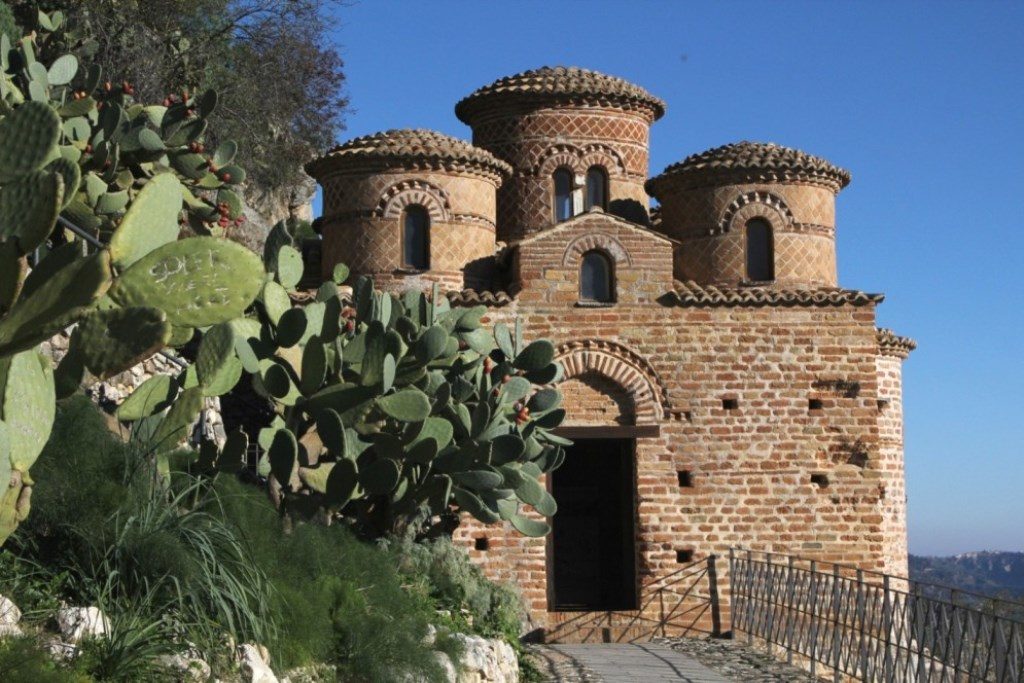
Day Seven: the Costa degli Aranci
We enter the territory of Catanzaro, precisely on the coast of Soverato and its surroundings. The beaches, the caves, and a place full of promenades are places to taste great food in complete relaxation.
Soverato is the center of the nightlife of Catanzaro, not only during the summer. Its many locals welcome tourists and locals all year round. The beaches are varied: there is the fine white sand of Soverato to get to the largest of Copanello and Caminia, a dream location for a vacation of sun and crystal clear sea.
The beach is a strip of white sand surrounded by granite cliffs overlooking the sea. From the large terrace of Torrazzo, you can see secret coves and small crevices for those who want to isolate themselves and perhaps to date.
At the end of the day, it is advisable to enjoy a granita in Stalettì, on a terrace facing the sea, and for the more adventurous, we recommend trying the morzeddhu catanzarese, made with the interiors of the bovine.
Day Eight: the Costa dei Saraceni – Le Castella
Leaving the marine territory of Catanzaro, we continue towards Crotone to visit Le Castella: a vacation area in a seaside village.
Punta delle Castella, better known as Le Castella, is a hamlet of Isola di Capo Rizzuto, in the province of Crotone.
In one of the most beautiful stretches of the Marine Protected Area “Capo Rizzuto” stands one of the most fascinating castles in Italy, thanks to its particular conformation. It is an Aragonese castle immersed in the sea, having a long and ancient history, and today its characters are remembered in the village. It is known as the statue dedicated to Uccialì, a Corsair and Ottoman admiral. The island on which stands the fortress is a few meters from restaurants and bars, so in the evening, you can dine in front of this particular fascinating beauty.
The beach of Santa Domenica, between Saraceno and Sovereto, has normal sand and golden color, and in 2022 received the Blue Flag award.
– Capocolonna
Capo Colonna is one of the landmarks of Magna Grecia. Of the imposing building that counted 38 columns, only one remains, in Doric style, which stands imposing on the Promontory. The temple was dedicated to Hera Lacinia, goddess of the family and protector of pastures. On the 30 hectares of archaeological park are visible the remains of the ancient buildings, the church of the Madonna di Capo Colonna, and the Nao Tower, now used as a museum and antiquarium.
Day Nine: The Costa degli Achei – Sibari
Continuing north, we enter again the territory of Cosenza through places like Cirò, famous for wine, Crucoli, famous for sardines, and also Rossano, famous for licorice, its museum, and Codex.
Reaching the Sibari Plain, we will have another type of scenery that is very particular and unusual.
Marina di Sibari has a wide beach and a clear blue sea with fine sand and shallow waters.
Here there is also the particular area called Sibari Lakes. It is a private complex of villas built on an artificial reclamation lake. There is also a marina for boats, divided into four islets, where there are also boutiques and a hotel, a cinema, and a church. Nearby there is also a large sandy beach.
Here stood the ancient Sybaris, one of the great cities of Magna Graecia founded by Achaean (Greek) settlers. Sybaris was famous in Hellenistic times for its excesses. It was a place of parties and entertainment, where splendor and wealth reigned.
Today you can visit the archaeological excavations called the National Archaeological Museum of Sibaritide.
Day ten: the Costa degli Achei – Roseto Capo Spulico: the last day in Calabria
Roseto Capo Spulico is a village in the province of Cosenza. It is situated in the Alto Ionio Cosentino. It was one of the colonies of the Ancient Sybaris. Roseto Capo Spulico owes its name to the rich production of roses, whose petals filled the pillows of the Sibarite princesses.
It is one of the most famous beaches of the Achaean Coast, thanks to its imposing Norman Castle, built on the sea. Overlooking the sea, you can admire the beautiful fortress Castrum Petrae Roseti.
An evocative and emotional place. It was a Basilian monastery. With Frederick II, it became a defensive castle. Great are the sandy beaches mixed with pebbles. The most famous is the Anvil Beach (Spiaggia dell’incudine) which is close to the fortress. Its name comes from the rock near the shore that looks like an anvil.
In the heart of the ancient center of Roseto, there is a part that has seen millions of hearts over the centuries. It’s the “Vico degli innamorati“: the narrowest alley in Europe, where couples could kiss from indiscreet eyes and maybe declare eternal love.
The same feeling that you will feel for Calabria coming to its borders. Aware of having seen a lot, but not everything of this region so unknown, and that knows how to give wonders and secrets.
Good trip or well returned, Calabria is always ready to welcome you.
Please, feel free to read the Italian version of the article Calabria on the road, 10 giorni per un itinerario alternativo




